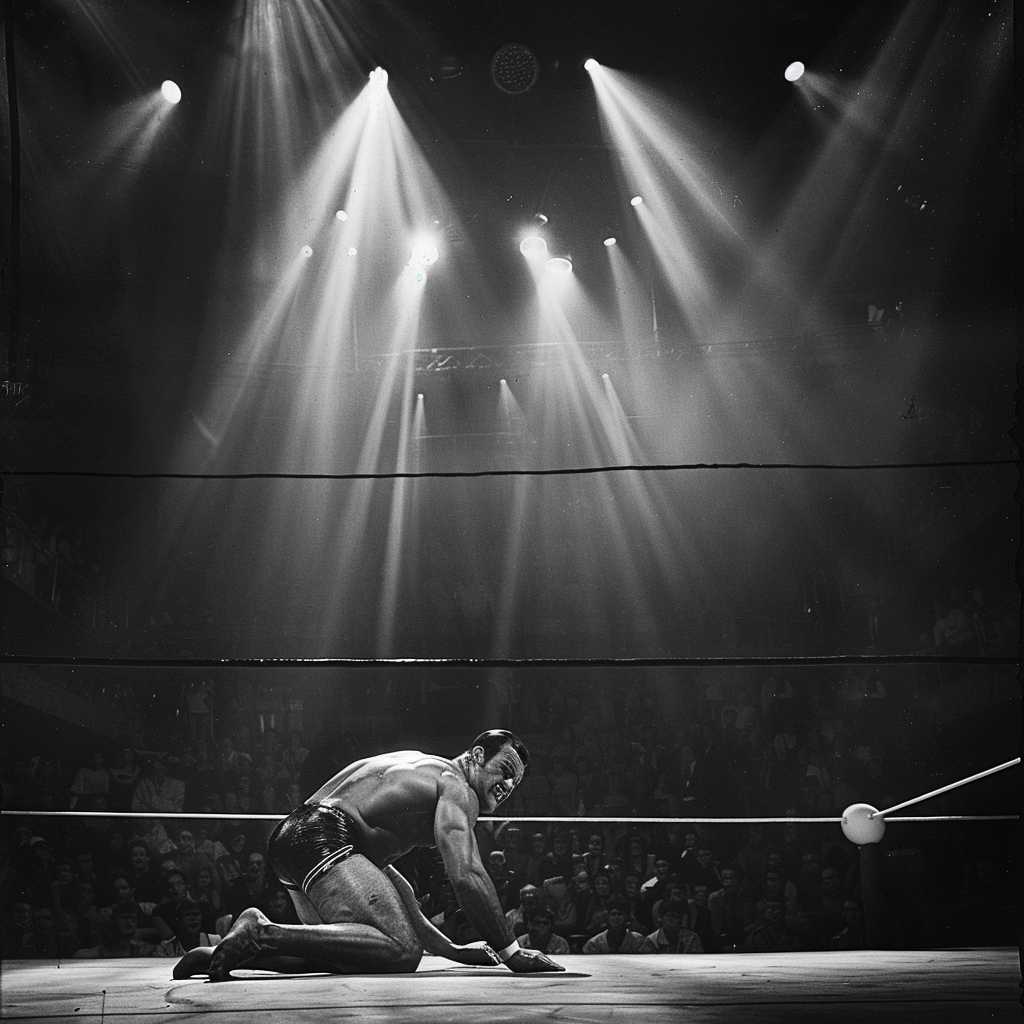The Life and Legacy of Ole Anderson: A Wrestling Icon
Ole Anderson is a name that stands out in the world of wrestling, known for his rugged style, his role in founding one of the most significant factions in professional wrestling history, and his influence behind the scenes. His career spanned several decades and left an indelible mark on the wrestling industry.
Early Life and Entry into Wrestling
Born Alan Robert Rogowski on September 22, 1942, in Minneapolis, Minnesota, Ole Anderson began his wrestling career in the late 1960s. He initially worked in various regional territories within the National Wrestling Alliance (NWA). It was during this time that he adopted the ring name “Ole Anderson” and developed his tough, no-nonsense persona that would become a hallmark of his reputation.
Rise to Prominence as The Minnesota Wrecking Crew
One of Ole Anderson’s earliest and most significant accomplishments was as part of The Minnesota Wrecking Crew, with his kayfabe brothers Gene and Lars Anderson. Together, they created an intimidating group known for its ruthlessness and technical expertise on the mat. This stable became one of the most feared and respected tag teams in wrestling during the 1970s and early 1980s.
Co-Founding The Four Horsemen
In the mid-1980s, Anderson was instrumental in forming The Four Horsemen, another faction that revolutionized professional wrestling. Alongside Ric Flair, Arn Anderson (no relation), Tully Blanchard, and manager J.J. Dillon, The Four Horsemen dominated their competition and became synonymous with success and power within the NWA’s circuits, particularly Jim Crockett Promotions, which later transformed into World Championship Wrestling (WCW).
The Four Horsemen’s impact on the sport extended beyond their technical skills; they brought a level of showmanship and storytelling that enhanced wrestling’s entertainment factor dramatically. This group blazed a trail for many future factions in the industry by establishing a blueprint for how groups could shape narratives and intrigue around wrestling events.
Contributions Behind the Scenes
Beyond his on-screen prowess, Ole Anderson also played a pivotal role behind the scenes. At various points in his career, he served as booker and promoter for different organizations. His influence on programming and characters helped steer professional wrestling through some pivotal years, especially throughout the 1980s and early 1990s.
Controversies and Conflicts
No account of Ole Anderson’s career would be complete without acknowledging the controversies he encountered. Known for being outspoken and often abrasive, he frequently clashed with others in the industry. Some of his views on the direction of professional wrestling have been divisive, but despite this, his understanding of the essence of storytelling within the sport has earned him grudging respect from many of his peers and critics.
Retirement and Later Years
As his active career in wrestling wound down, Ole Anderson retreated from the limelight. His appearances at conventions and interviews became less frequent, but he authored an autobiography titled “Inside Out: How Corporate America Destroyed Professional Wrestling” detailing his views on the wrestling business’s evolution.
Notes
*Image description*: A black-and-white photo set in a crowded arena shows Ole Anderson performing a grappling move on a fellow wrestler inside a square ring surrounded by ropes. Known for his aggressive style, he looks intensely focused as overhead lights glare down on them, contributing to a dramatic vibe indicative of classic professional wrestling events.
